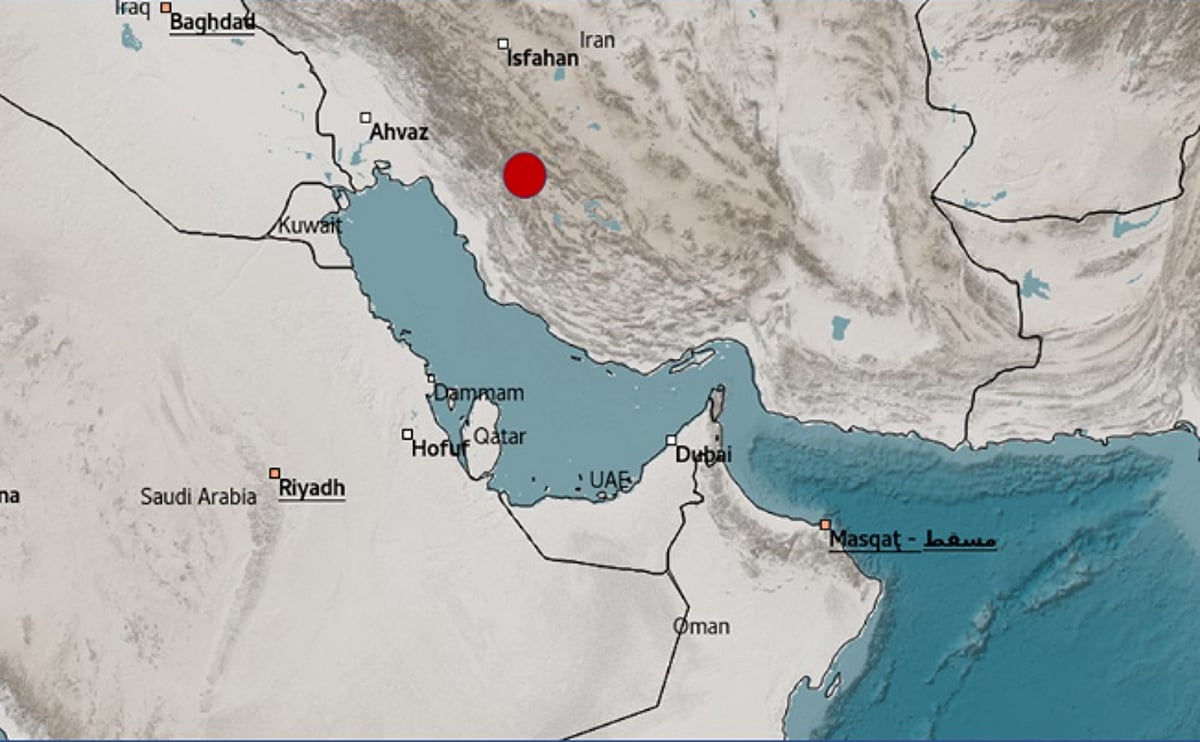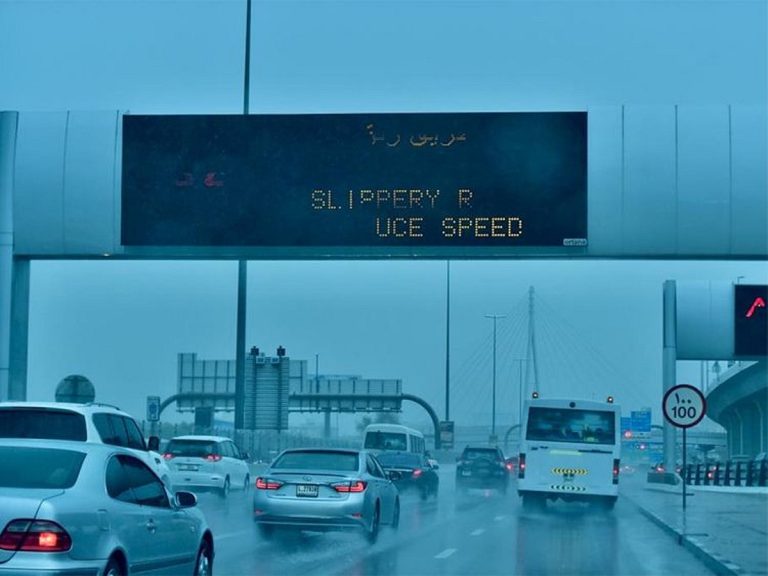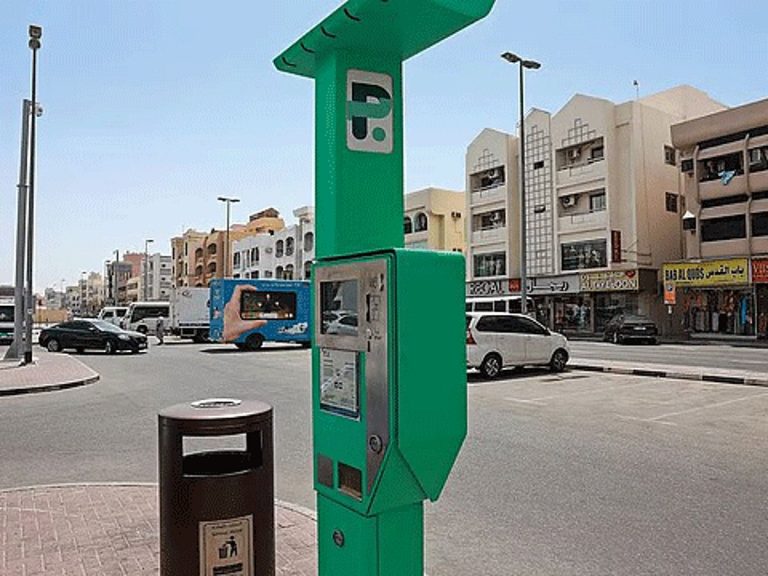5.3-Magnitude Earthquake Hits Southern Iran, No UAE Impact
A 5.3-magnitude earthquake struck southern Iran on Tuesday, drawing attention but ultimately posing no threat to neighboring regions. The National Centre of Meteorology (NCM) reported that the quake occurred at 12:02 PM UAE time, with a depth of 10 kilometers.
Details of the Earthquake
The tremor was centered in southern Iran, but the NCM confirmed that it was not felt in the UAE. Residents and authorities in the UAE can rest assured that there were no reported impacts or damages resulting from this seismic event.
FAQs
What was the magnitude of the earthquake?
The earthquake registered a magnitude of 5.3, indicating a moderate level of seismic activity.
At what depth did the earthquake occur?
The earthquake occurred at a depth of 10 kilometers, which is relatively shallow and can often lead to stronger surface shaking.
Did the earthquake affect any areas outside Iran?
No, the NCM confirmed that the earthquake had no impact on the UAE or any other surrounding regions.
Conclusion
In summary, the 5.3-magnitude earthquake in southern Iran was a notable event but did not affect the UAE. Authorities continue to monitor seismic activity, ensuring public safety and awareness.
Earthquakes are a common occurrence in Iran, a country situated on several major tectonic plates, including the Arabian and Eurasian plates. This geographical positioning makes Iran one of the most seismically active regions in the world. The country experiences numerous earthquakes each year, with varying magnitudes and impacts. The Iranian government has established a network of monitoring stations to track seismic activity and provide timely information to the public. This infrastructure is crucial for disaster preparedness and response, especially in densely populated areas that may be more vulnerable to the effects of earthquakes.
The 5.3-magnitude earthquake reported on Tuesday is classified as a moderate earthquake. Such earthquakes can cause damage, particularly in areas with older or poorly constructed buildings. However, the depth of the quake, at 10 kilometers, typically results in less severe surface shaking compared to shallower earthquakes. The intensity of shaking experienced at the surface can also depend on local geological conditions, which can amplify or dampen seismic waves. In this case, the NCM’s assessment indicated that the quake did not reach levels that would be felt in the UAE, alleviating concerns for residents in the region.
In addition to monitoring seismic activity, Iranian authorities have implemented various measures to enhance earthquake preparedness. These include public education campaigns on safety protocols during an earthquake, as well as regular drills in schools and workplaces. The Iranian Red Crescent Society plays a vital role in disaster response, providing emergency services and support in the aftermath of seismic events. Internationally, Iran has also engaged in collaborations with various organizations to improve its earthquake resilience and response capabilities.
The UAE, while geographically close to Iran, has its own seismic monitoring systems in place. The National Centre of Meteorology continuously tracks seismic activity in the region and provides updates to the public. The UAE has experienced its own seismic events, although they are generally less frequent and of lower magnitude compared to those in Iran. The country’s infrastructure is designed to withstand seismic activity, with building codes that incorporate safety measures to protect against potential earthquakes.
In the context of regional seismic activity, it is important for neighboring countries to remain vigilant and prepared. Earthquakes can have far-reaching effects, and the interconnectedness of the region means that seismic events in one country can sometimes influence conditions in another. As a result, ongoing collaboration and information sharing among countries in the region are essential for enhancing preparedness and response strategies.
Overall, while the recent earthquake in southern Iran was significant enough to warrant attention, the lack of impact on the UAE highlights the effectiveness of monitoring systems and preparedness measures in place. Authorities in both countries continue to prioritize public safety and awareness, ensuring that residents are informed and equipped to respond to potential seismic events. As the region continues to experience natural seismic activity, the importance of preparedness and resilience remains a critical focus for both Iranian and UAE authorities.
Also Read:
AWS Outage Disrupts UAE Services and Highlights Risks







